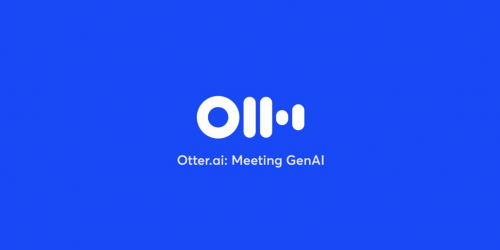An Emoji Story
Guess the Movie Title
🎥: 🎸💀🧙🎶👵
Plot Description
The emojis reflect the journey of the protagonist, a young boy (👦), who loves music (🎶). He embarks on an adventure to the Land of the Dead (💀) and forms an emotional bond with his deceased grandmother (👵), uncovering family secrets along the way.
Reflection on the process
When describing the movie 🎥 into emojis, I mostly used ideas 💡 and symbols 🎶 instead of syllables or words 📝. Emojis are a great way to facilitate and express emotions 💓 and actions 🏃♂️, but they can’t explain everything in detail 😕, so I focused on the key moments of the movie 🎥 that could be portrayed with simple emojis 🎸. For example, I used emojis like 🎶 for music, 💀 for the Land of the Dead, 👦 for the main character, and 👵 for his grandmother, instead of explaining every part of the movie 📚. I used the guitar (🎸) to represent the boy’s love for music, even though it’s a complex, cultural element that would normally need more context (Kress, 2005).
I did not start with the title 🎥️, as my primary goal was to capture the movie’s main ideas and emotions 💓. The movie has strong emotional moments 😢 and visual symbols 🖼 that can easily be symbolized with emojis 🎸️, so I focused on those elements first. Starting with the movie title would have been too limiting ⛔ for expressing the complexity of the themes 💥 and characters 👩👩. The title came last because it felt like a summary of the entire emoji sequence (Bolter, 2001).
When picking up the movie 🎥, I did consider how easy it would be to visualize 🎸 using emojis. The movie has clear visual elements 🏙💻 and emotions 💓 that can be expressed through emojis 🎶. The visual detail 💡 of the movie helped me choose key moments 📝 and turn them into emojis. However, it was still challenging 😕 to convey deeper emotions 😢 or complex ideas 💭 because emojis can’t cover everything 🚫 (Bolter, 2001) 💡. The simplicity of key elements in the movie helped me translate it into a concise emoji description (Kress, 2005).
References:
- Chapter 4. Bolter, J. D. (2001). Writing space: Computers, hypertext, and the remediation of print (2nd ed.). Lawrence Erlbaum Associates.
- Kress, G. (2005), Gains and losses: New forms of texts, knowledge, and learning. Computers and Composition, 2(1), 5-22.


